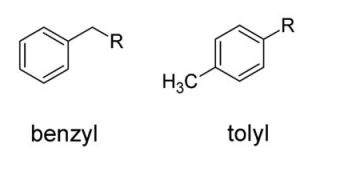A team of researchers were finally able to solve a chemistry problem that has been puzzling scientists around the world for almost a century: how to couple two unactivated carbon atoms together using a catalyst.
Dave Stuart, Ottawa PhD student, along with his supervisor Dr. Keith Fagnou, both from the Department of Chemistry, published an article in this week's issue of Science were they explain how they solved the longstanding puzzle.
The coupling of two unactivated carbon atoms with the help of a catalyst forms molecules called biaryl molecules, which are two aryl radicals attached with carbon chains, displaying axial chirality. In the context of organic molecules, aryl refers to any functional group or substituent derived from a simple aromatic ring.
There are more specific terms, such as phenyl, to describe unsubstituted aryl groups and subsets of aryl groups, but "aryl" is used for the sake of abbreviation or generalization.
Biaryls are the basic molecules in electronic applications like LEDs (light emitting diodes), liquid crystals operating in every LCD screen currently on the market and in electron transport devices.
There also many medicines generally found in drugstores around the world, that contain these biaryls, like Vancomycin and Glivec. Vancomycin is a glycopeptide antibiotic used in the prophylaxis and treatment of infections caused by Gram-positive bacteria.
It has traditionally been reserved as a drug of "last resort", used only after treatment with other antibiotics had failed, although the emergence of vancomycin-resistant organisms means that it is increasingly being displaced from this role by linezolid and the carbapenems. Glivec is the marketing name of Imatinib, a drug used to treat certain types of cancer.
As the new work showed, the newly development technique can easily produce these biaryl molecules in a much more environmentally-friendly way and with significantly reduced costs, thus benefiting both the electronics and pharmaceutical industries.
The work was described as "one of the most important discoveries in this field" and it will "be used as a flagship for this fundamental area of chemical science."

 14 DAY TRIAL //
14 DAY TRIAL //